
Mainstream Online Web Portal
LoginInvestors can view their accounts online via a secure web portal. After registering, you can access your account balances, periodical statements, tax statements, transaction histories and distribution statements / details.
Advisers will also have access to view their clients’ accounts online via the secure web portal.
The Point
Quick, actionable insights for investors
Income and Fixed Interest

Anna Hong: What we learned from the latest RBA minutes

Anna Hong: What today’s RBA rate hike means for investors
Quick view
Anna Hong: What today’s RBA rate hike means for investors
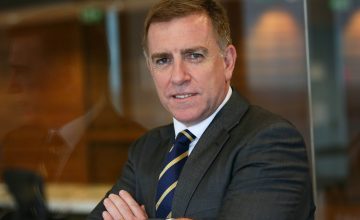
TIM HEXT: What investors should know about the outlook for State debt
Quick view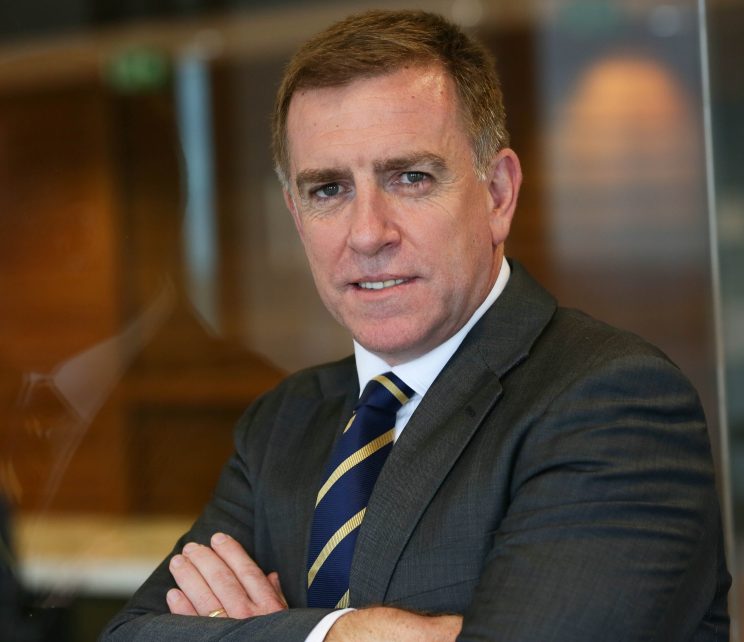
TIM HEXT: What investors should know about the outlook for State debt

TIM HEXT: Inflation noise gets louder but real yields move markets
Quick view
TIM HEXT: Inflation noise gets louder but real yields move markets

How to think about high-yield bonds right now
Quick view
How to think about high-yield bonds right now
The jump in bond yields this year has been stark, particularly in the high-yield end of the market.
US double-B rated bonds, for example, yielded 3.2% at the start of the year and are now around 6%.
Is that enough to look at high-yield investments, given the risk-reward trade-off?
“Fixed income is, in our view, certainly much more investable today than it’s been for a while,” says Bill Bellamy, who heads up income strategies at Pendal’s US-based investment manager TSW.
“But we’re probably not totally done with this corrective phase and there is still room to go with yields. As they rise, there are going to be some very good opportunities.”
High-yield bonds can provide an income cushion not available with investment grade bonds, says Bill.
But investors need to analyse the underlying credits ultimately going into a portfolio – not just for safety but to unveil mis-priced assets, he says.
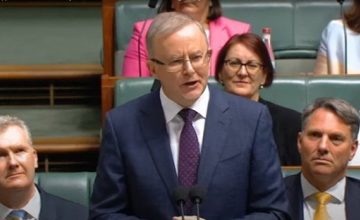
Labor won’t bring big change on the economic front
Quick view
Labor won’t bring big change on the economic front
After the evolution of Coalition fiscal spending habits during Covid, our new Labor government won’t be a big change on the economic front, says Pendal’s Anna Hong.
“Australians will be largely unaffected, at least near term,” says Anna.
Labor will increase fiscal spending by net $7.4 billion in areas such as home equity schemes and electric car discounts.
“That will prop up demand without fixing supply issues, nudging inflation higher and making the RBA work harder to counter loose fiscal policy.” The budget will remain in deficit for the rest of the decade.
Labor may face difficulty generating planned revenue and savings. “Many items on their list such as multinational tax revenue are easy to promise but notoriously difficult to achieve. “Overall, it’s more of the same for the economy and budget. The difference will be in other changes many voters are focused on – climate policy, federal integrity and gender equity.“

TIM HEXT: This week’s modest wages data won’t last
The latest wage data shows surprisingly modest growth in some sectors.
But wages are the ultimate lagging indicator and that will soon change, says Pendal’s Tim Hext.
The latest WPI data shows the price of labour grew a modest 0.7% in the March quarter and 2.4% for the year.
Those numbers may be surprising especially in industries such as construction and retail which face worker shortages.
But the data will change, since we’ve only fully opened up this year, says Tim.
“The RBA expect the WPI to hit 3% by year end and 3.5% by the end of 2023. Chances are we hit these levels sooner.
“This adds to the narrative that inflation will struggle to fall back to target anytime in the next few years. Investors should still be looking to inflation bonds ahead of nominal bonds.
“Inflation will moderate next year but levels above 3% look like being more entrenched over the next two to three years, helped by wages eventually nearing 4% growth”.

Tim Hext: RBA in final preparation for take off
Quick view
Tim Hext: RBA in final preparation for take off
The RBA’s “loss of patience” was widely noted this week.
Investors will now be watching Q1 CPI data on April 27 (“likely around 1.7% and 1.2% underlying”, says Pendal’s Tim Hext) and Q1 Wages Price Index on May 18 (“less spectacular but won’t stop a June tightening”).
There’s also a good chance one of the next unemployment numbers will be below 4%, says Tim.
“The RBA will therefore be able to say in May that inflation is sustainably within its band in the medium term and can tighten in June.” (A May hike ahead of an election is less likely.)
“The short end of the bond market is now predicting cash rates to peak around 3.5% in early 2024. If mortgage holders were aware of this impending doom house prices would be off 10% tomorrow.
“Mortgage brokers I’ve spoken to are telling clients rates shouldn’t go up by more than 1% to 1.5%. The average size of a new mortgage is now well over $600,000 – so an extra $20,000 a year in interest is coming borrowers’ way if markets are correct.”
Tim expects rates to finish 2022 around 1.25% and 2023 around 2.5%.

Federal Budget will embolden the RBA on rates — but not as much as you think
Quick view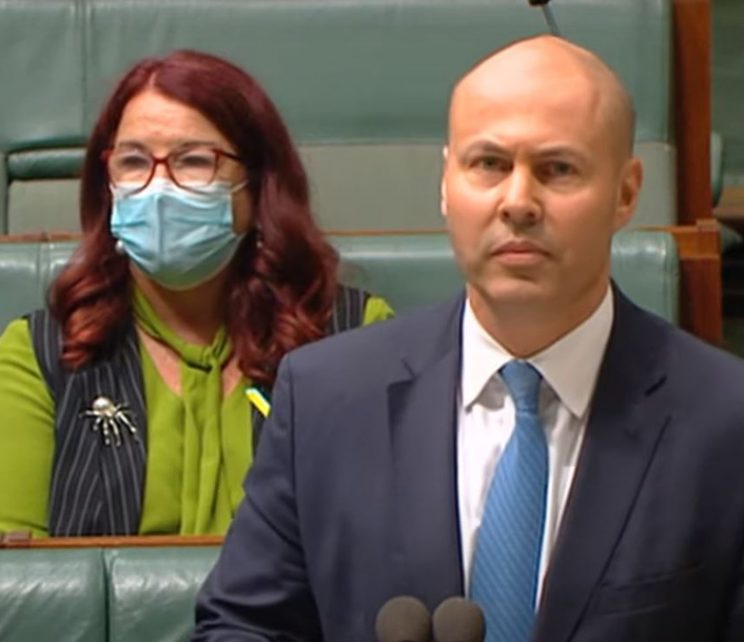
Federal Budget will embolden the RBA on rates — but not as much as you think
Not surprisingly in an election year, the federal government is already spending its recent windfall in this week’s Budget.
How will this affect rates?
In recent months the Budget improved by about $115 billion (over four years) as Australia’s terms of trade boomed and massive fiscal spending delivered a stronger economy, says Pendal’s Tim Hext.
Josh Frydenberg has already spent $30 billion of that on top of $16 billion in earlier pre-election handouts.
“This adds further fuel to an already strong economy,” says Tim.
The Budget will further encourage the RBA to admit they need higher rates. “But with markets forecasting 2% rates here early next year — and 3% by the end of next year — there is simply too much priced in.
“We think the US will get to those levels, but investors assuming Australia must follow are missing a couple of factors.
“Firstly, our inflation is significantly lower. Secondly, our floating rate mortgage market means any rate hikes have more impact sooner.
“It may seem strange but when the RBA actually starts to moderately tighten rates, bond markets will likely rally.”

The future of bonds (no they’re not disappearing)
Quick view
The future of bonds (no they’re not disappearing)
Technology is changing our lives all the time. In financial markets it’s no different.
“The next decade will see an increased use of blockchain technology across all asset classes and finance,” says Pendal’s head of government bond strategies Tim Hext.
“This will increase efficiency. But it won’t make the underlying assets redundant.
“Crypto will have a role but it will not replace the Australian dollar. Bonds may become more digital but they will not disappear.
“The need to borrow and lend money is as old as time itself — and the need for efficiency in buying and selling loans packaged as bonds will also remain.
“Diversification remains an important investment concept. Add liquidity and credit quality and it means government bonds are not going anywhere.”

Tim Hext: Dust off the text books as stagflation threat looms
Quick view
Tim Hext: Dust off the text books as stagflation threat looms
We can expect a lot more mentions of stagflation this year following fed Chair Powell’s acknowledgment last week that he would “do what it takes” to fight inflation.
Many of us wil be dusting off the textbooks, having not lived or at least invested through stagflation conditions, says Pendal’s Tim Hext.
“If taken at face value US rates may need to go far higher than the current 2% factored in by markets.
“Suffice to say it is bad news for most of us, seeing not only our investments but also our spending power go backwards.”
Inflation should pass 3% this year and could hit 5% on an annual basis, Tim says.
“But as long as wages don’t lock in with inflation shocks — creating the vicious circle we saw in the 1970s — supply will eventually return to commodity and goods markets.”
“It just might not be a 2022 — or even a 2023 — story.”

Be ready for a Russian default as sanctions bite
Quick view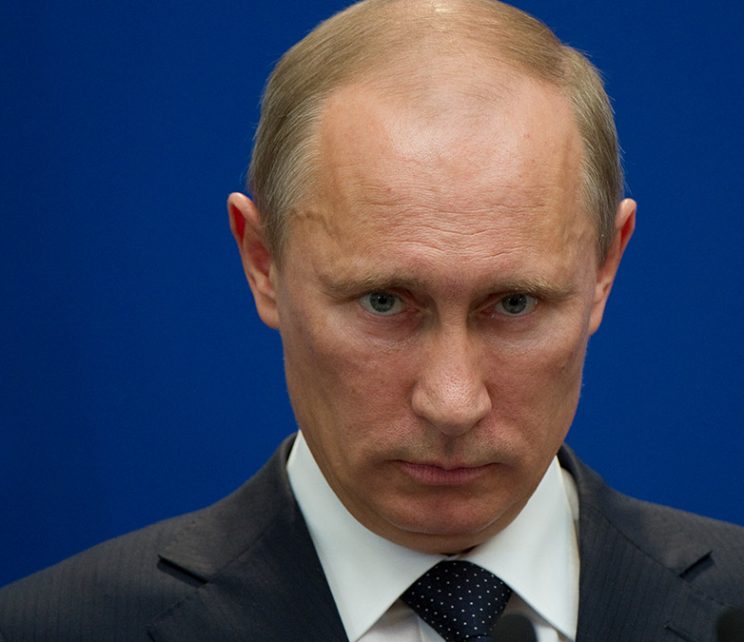
Be ready for a Russian default as sanctions bite
Few investors would take issue with global sanctions aimed at limiting the terrible human toll of Russia’s invasion of Ukraine.
It’s accepted that the financial implications will impact markets around the world. But what does it mean in terms of asset allocation?
“There is an increasing chance that Russia might default,” says Oliver Ge, a portfolio analyst with Pendal’s Income and Fixed Interest team.
“Russia has about $US640 billion of reserves of which $US400 billion is frozen in central banks around the world. On conservative estimates it costs about $US1 billion a day to run the war, so the impact to Russian coffers is material.
“The message to advisers is that if you were told at the start of the year that you’d get 5 to 7 per cent growth, that’s not going to play out in the current state of affairs.
“So, you should be very wary about holding growth assets and potentially think about some rotation to bonds. Bonds will keep paying,” he says.
“It shouldn’t be a massive rotation, but investors should be more mindful around the expectations of growth assets.”
Loading posts...
Loading posts...














